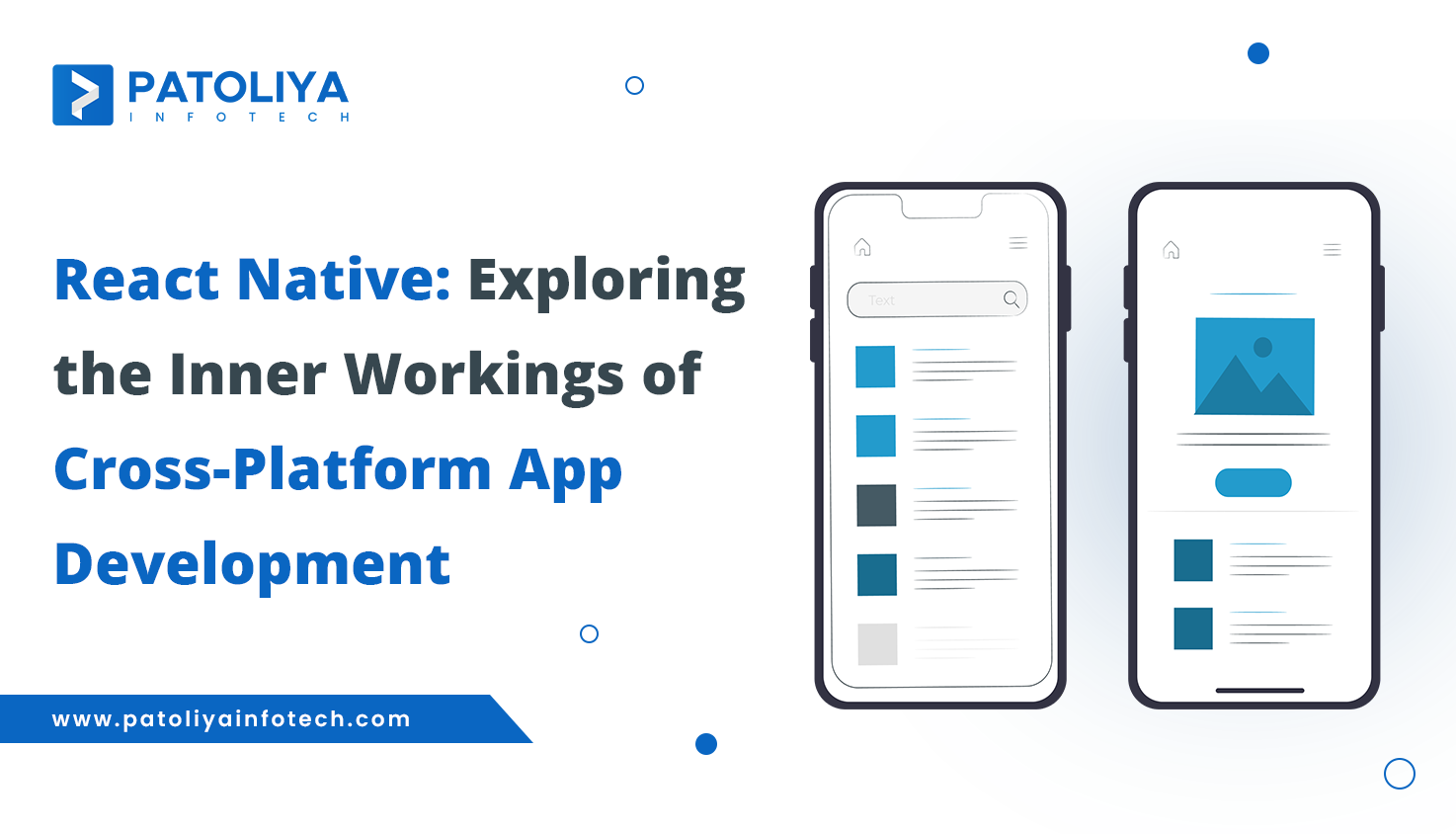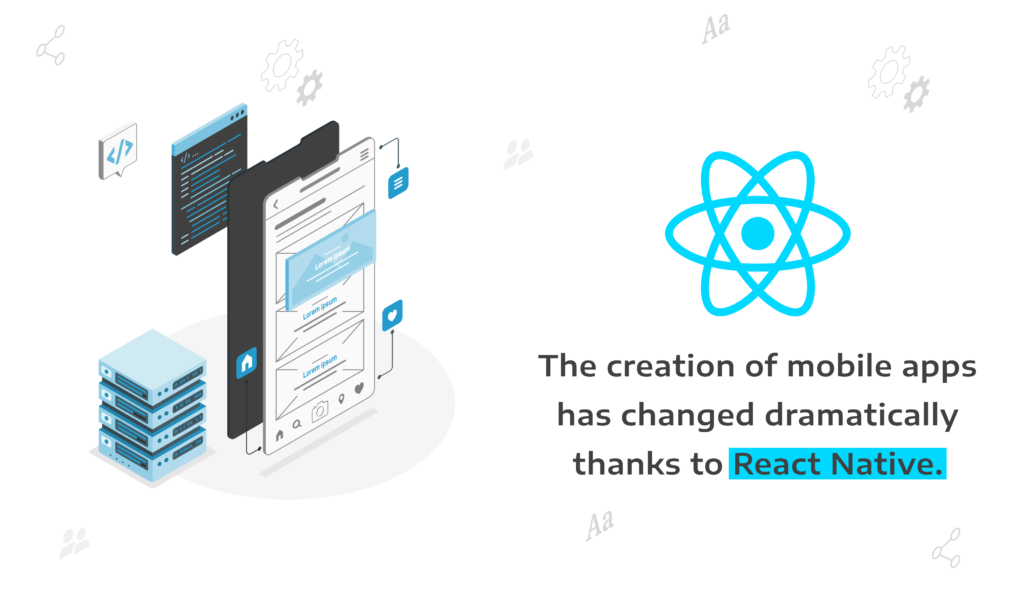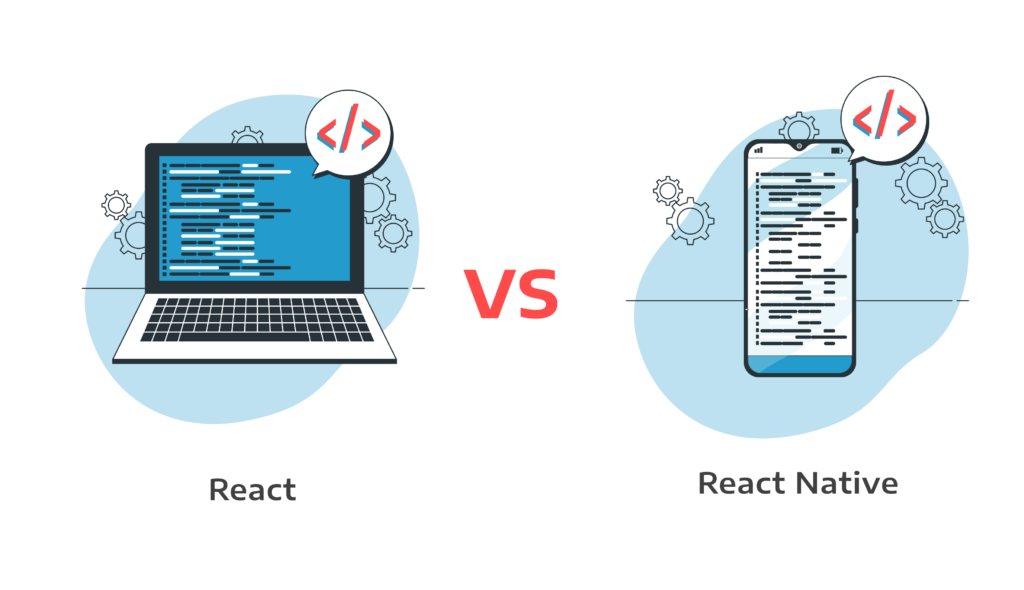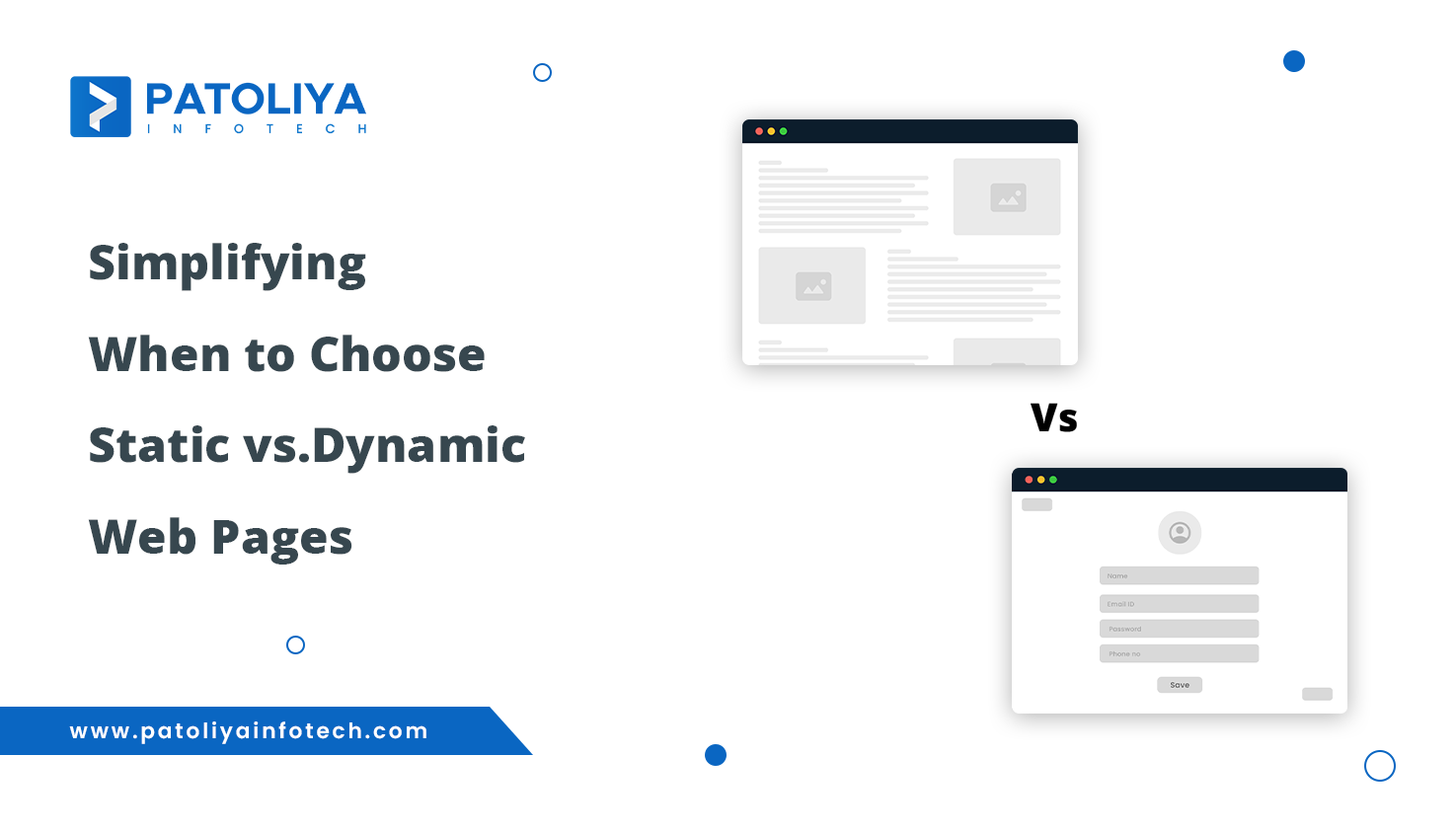How Does React Native Streamline the Maintenance of Mobile Apps?

Its capacity to create excellent react native apps for both react native iOS and react native android from a single JavaScript codebase has enthralled industry heavyweights like Facebook, Uber, and Pinterest.
However, under the surface is a strong, potentially very effective foundation. Let's investigate the complex inner workings of React Native in more detail.
Why and how to choose between React vs Angular for your project.
What is React Native?
It streamlines mobile development by taking inspiration from the best features of the web framework React.

Beyond the One-Codebase Advantage: Demystifying Cross-Platform Development
There's more to cross-platform development than merely reusing code. It's a mentality that puts efficiency and agility first, a paradigm change.
Historically, developing distinct native applications for iOS and Android meant multiplying work, raising expenses, and lengthening the time to market. These boundaries fall apart with React Native.
It does this by utilizing JavaScript, a language that is widely used by web developers, to produce a single codebase that can be translated to both platforms with ease. This corresponds to:
- Reduced Development Time: Just think about developing business logic and essential features only once! You may deploy your app more quickly and take advantage of market opportunities thanks to this streamlining of the development process.
- Cost-Effectiveness: You may make the most of your development team's resources by only having to manage one codebase. As opposed to creating and maintaining individual native apps, this results in huge cost savings.
- Simplified Maintenance: Updates and bug patches become effortless. Changes may be applied to both platforms with efficiency because the fundamental coding is unchanged, thereby saving you time and money.
Go through the whole guide on How to Develop an Enterprise Mobile App.
What weaves the magic of React Native applications
Its ability to connect JavaScript and native systems is what makes React Native so magical. A look beneath the surface:
- JavaScript for Building the UI: JavaScript is used by React Native to define the user interface of the application. This creates a recognisable development environment and enables developers to take advantage of their experience with web development.
- Native Views for Seamless Integration: The JavaScript foundation is not a reliable source. The performance of React Native is not compromised. The user experience is seamless and responsive since it renders UI elements utilizing native views from both iOS and Android.
- The Bridge: Facilitating Communication: A communication channel known as the bridge is at the center of React Native. Through the use of this bridge, JavaScript code can communicate with native modules and utilize features unique to individual devices, such as Bluetooth, GPS, and cameras.
- React Native Java Version: React native is a work in progress. The goal of the new architecture is to gradually remove the bridge for even greater efficiency. In order to facilitate direct communication between JavaScript and native elements and provide a more seamless and effective user experience, it makes use of the JavaScript Interface (JSI).
React vs React Native
Another open-source champion that works on web application user interfaces is React. It resembles the older sibling of React Native.
Facebook developed both of them to address their own issues, and now they're here to assist you with yours!

Beyond the Basics: Exploring React Native's Capabilities
Notwithstanding the obvious benefits of cross-platform development, limits may raise certain issues. Let us tackle a few often asked queries:
- Can it handle complex designs? React Native applications are well-made, feature-light, user-focused programmes. However, native development might have a small speed optimisation advantage for extremely complicated designs with detailed animations or a lot of user interaction.
- What about access to native features? With the extensive library of pre-built native modules that React Native offers, integrating device-specific capabilities is a breeze. Furthermore, developers are able to access features not easily accessible in pre-existing modules by writing native code snippets.
Handling Text, Unlocking React Native Input
A convenient method of gathering text input from users is with the React Native TextInput component.
Developers can design input fields that are specific to the requirements of their apps thanks to its configurable features.
TextInput is flexible for a range of use cases since it offers secure text entry, support for several keyboard layouts, and stylistic options.
To guarantee a flawless user experience, developers can additionally manage events and evaluate input.
In general, creating engaging and useful React Native web app requires the use of the TextInput component.
Is React Native Right for Your Project?
Fast Time-to-Market: Do you need to release your app as soon as possible? React Native is an excellent option because of its single codebase architecture.
Cost-Effectiveness: Financial limitations? Compared to native programming, React Native can drastically lower development and maintenance costs.
Cross-Platform Reach: Do you want to reach a large audience on both iOS and Android devices? You can create a single app that works on both platforms with React Native.
See what we have to offer if you're looking for a react native developer. Get in touch with us.
What's New and Hot in React Native (2024 Edition)?
The React Native crew is constantly cooking up improvements to make your apps even better. Here's a taste of what's fresh out of the oven in 2024:
- TypeScript takes center stage, making development smoother and more efficient.
- Flexbox gap support lets you control the space between elements for a more polished look.
- Monorepos and pnpm get a boost with symlink support.
- Debugging gets easier with the all-new debugger tool (replacing Flipper).
- Kotlin takes the crown for Android development, leaving Java behind.
React Native Quick Actions:
- Complexity: Native development may be advantageous for apps with extremely complicated designs or those that rely significantly on device-specific functionality.
- Maturity: React Native is a framework that is currently developing, despite its rapid evolution. When compared to established native programming tools, certain functions or libraries could need more development work.
Wrap Up
React Native isn't just a framework, it's a code reactor, fusing the best of JavaScript and native development to create cross-platform apps at warp speed.
Imagine a world where you write stunning UIs once and deploy them to millions on iOS and Android. React Native makes that dream a reality.
But it's not just about speed. This powerhouse framework offers a cost-effective way to build feature-rich apps, all while keeping your development team happy with a familiar JavaScript environment.
Dive deeper and explore the intricate workings of React Native - it's like peering into the engine of a mobile revolution!


